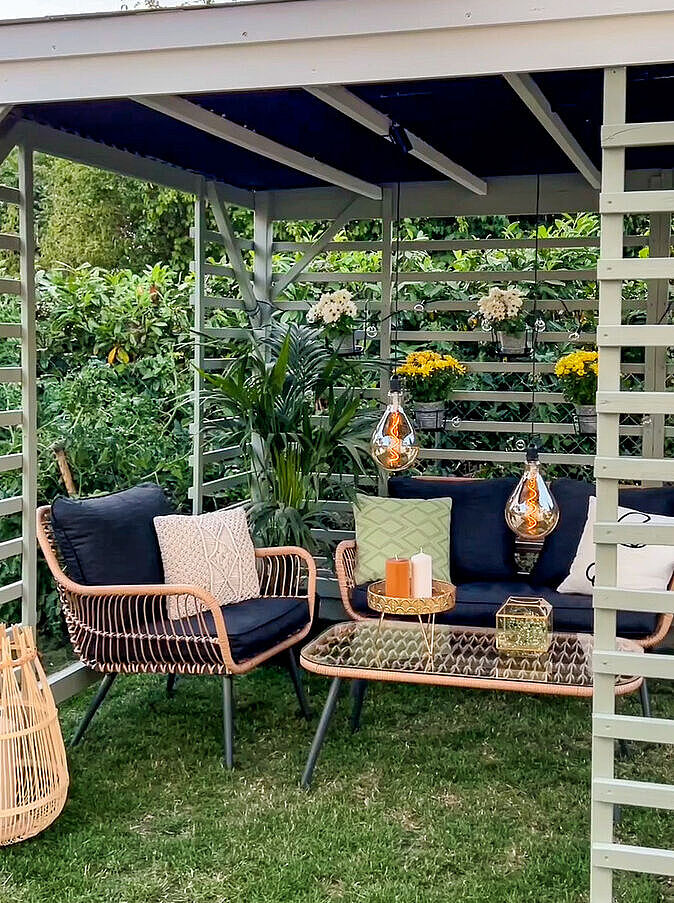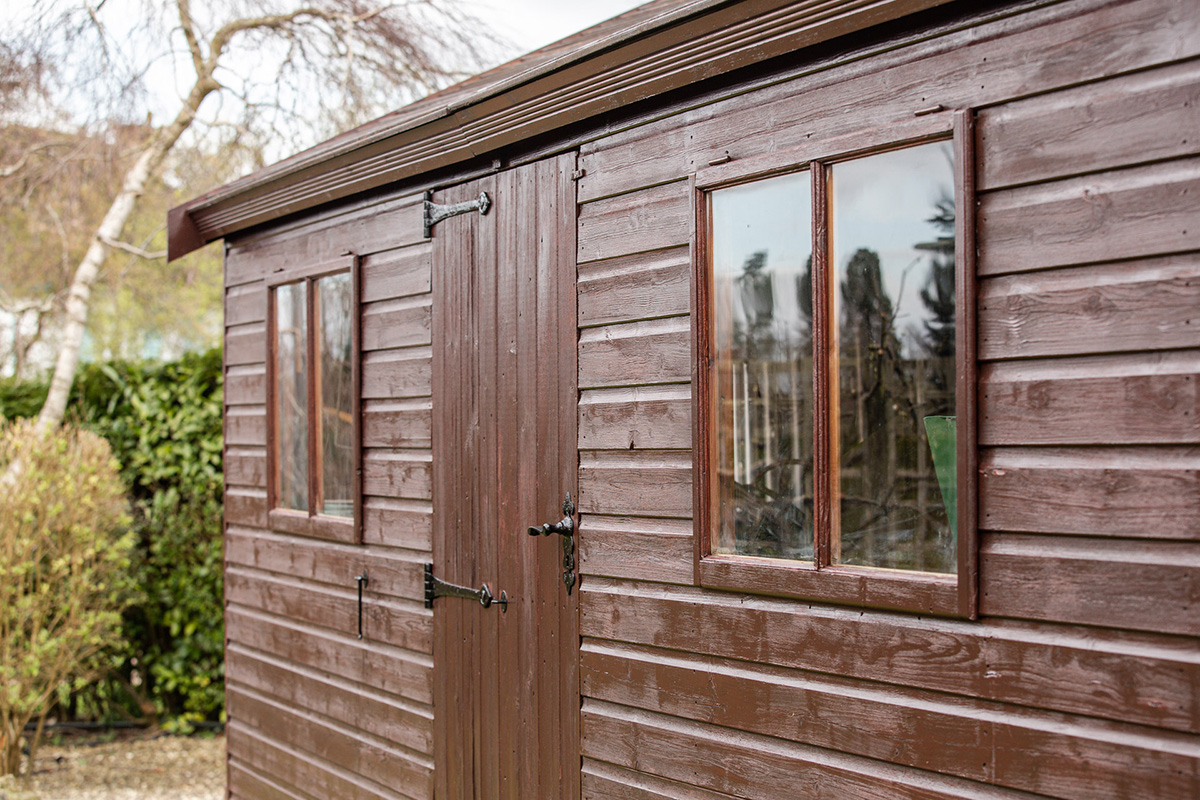Contact
Language:
International •
English
- Do-it-yourself Do-it-yourself
- Contractor Contractor
- Industry Industry
- Company
- Careers
-
Contact
Language: International • English









